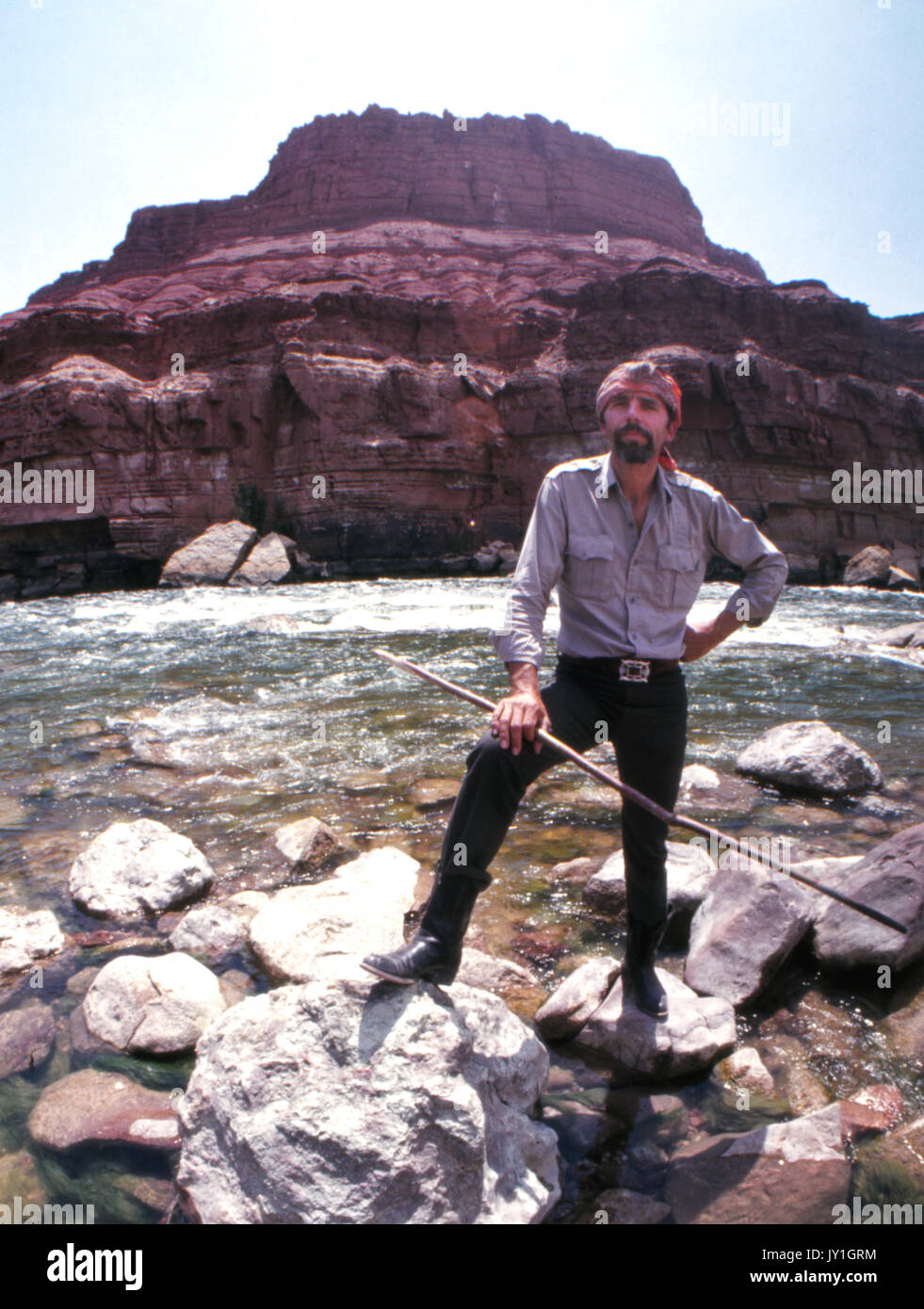
 From The Washington Post, "One of the best writers to deal with the American West.". Abbey, a 48-year-old native of a rural town in Pennsylvania, has become an underground cult hero throughout the West among students, environmentalists and would‐be 'eco‐raiders.'" From The New York Times, "Since the publication of his novel The Monkey Wrench Gang last September, Mr. It'll make you want to go out and blow up a dam." From the National Observer, "A sad, hilarious, exuberant, vulgar fairy tale. Their greatest hatred is focused on the Glen Canyon Dam, a monolithic edifice of concrete that the monkey-wrenchers seek to destroy because it dams a beautiful wild river. As the gang's attacks on deserted bulldozers and trains continue, the law closes in.ġ0th Anniversary edition (1985) from Dream Garden Press, with illustrations by Robert Crumbįor the gang, the enemy is those who would develop the American Southwest-despoiling the land, befouling the air, and destroying nature and the sacred purity of Abbey's desert world. Together, although not always working as a tightly knit team, they form the titular group dedicated to the destruction of what they see as the system that pollutes and destroys their environment, the American West. The book's four main characters are ecologically minded misfits-"Seldom Seen" Smith, a Jack Mormon river guide Doc Sarvis, an odd but wealthy and wise surgeon Bonnie Abbzug, his young Jewish feminist assistant and a rather eccentric Green Beret Vietnam veteran, George Hayduke.
From The Washington Post, "One of the best writers to deal with the American West.". Abbey, a 48-year-old native of a rural town in Pennsylvania, has become an underground cult hero throughout the West among students, environmentalists and would‐be 'eco‐raiders.'" From The New York Times, "Since the publication of his novel The Monkey Wrench Gang last September, Mr. It'll make you want to go out and blow up a dam." From the National Observer, "A sad, hilarious, exuberant, vulgar fairy tale. Their greatest hatred is focused on the Glen Canyon Dam, a monolithic edifice of concrete that the monkey-wrenchers seek to destroy because it dams a beautiful wild river. As the gang's attacks on deserted bulldozers and trains continue, the law closes in.ġ0th Anniversary edition (1985) from Dream Garden Press, with illustrations by Robert Crumbįor the gang, the enemy is those who would develop the American Southwest-despoiling the land, befouling the air, and destroying nature and the sacred purity of Abbey's desert world. Together, although not always working as a tightly knit team, they form the titular group dedicated to the destruction of what they see as the system that pollutes and destroys their environment, the American West. The book's four main characters are ecologically minded misfits-"Seldom Seen" Smith, a Jack Mormon river guide Doc Sarvis, an odd but wealthy and wise surgeon Bonnie Abbzug, his young Jewish feminist assistant and a rather eccentric Green Beret Vietnam veteran, George Hayduke. 
The most recent edition was released in 2006 by Harper Perennial Modern Classics.

Crumb's illustrations were used for a limited-edition calendar based on the book. Crumb, plus a chapter titled "Seldom Seen at Home" that had been deleted from the original edition.

In 1985, Dream Garden Press released a special 10th Anniversary edition of the book featuring illustrations by R. The Monkey Wrench Gang is a novel written by American author Edward Abbey (1927–1989), published in 1975.Ībbey's most famous work of fiction, the novel concerns the use of sabotage to protest environmentally damaging activities in the Southwestern United States, and was so influential that the term "monkeywrench" has come to mean, besides sabotage and damage to machines, any sabotage, activism, law-making, or law-breaking to preserve wilderness, wild spaces and ecosystems.








 0 kommentar(er)
0 kommentar(er)
